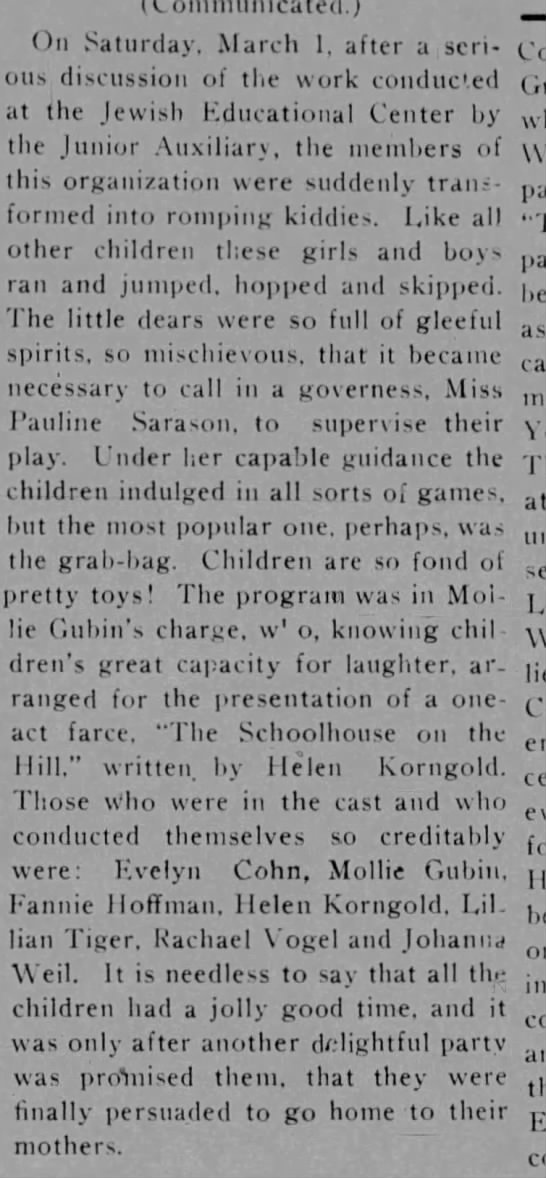It was his Catskill paintings that led to his discovery by John Trumbull, who brought his work to the attention of the New York City art world, propelling him to fame. He was inspired by the Catskills, even painting his favorite scene from memory while studying abroad.
Thomas Cole's Refrain by H. Daniel Peck considers Cole's Catskill Creek paintings, probing deep into the subtleties Cole hid in plain sight--images of the human relationship to nature, the tension between civilization and nature, and the human experience as we journey through life.
Thomas Cole always intrigued me because of his use of art to convey his vision of life in his painting series The Course of Civilization and The Voyage of Life. I was interested in this book as an exploration of Cole's vision through the landscape he painted over and over, the application of his "deeply literary imagination" to create a narrative in his art.
Viewers may puzzle over just how different each version of the Catskill Creek is from another. He painted one scene ten times! The creek and the trees and the misty mountains on the horizon are seen in various lights, time of day, and seasons. There is often a man rowing and human and animal figures, sometimes barely seen. Peck zeros in on the details, looking for themes and interpreting Cole's intentions.
The paintings are reproduced in whole and in detail. There are fascinating maps showing Cole's vantage point from which he sketched.
Readers learn about Cole's theories, his Essay on American Art as it applies to his art, his career and personal life, and his travels across America and Europe.
From the vantage point of a time when we are under threat of climate change and in the throes of the struggle between industry and business and environmental protection, even our national parks unprotected from commerce, it might surprise that two centuries ago Cole was already mourning the loss of America's pristine natural abundance.
Born in Lancashire, England, a hotbed of textile mills, Cole understood America's future under the relentless industrial growth powered by capitalistic greed. Cole's art reacted to the changing American landscape under the Industrial Revolution. He deeply felt men's "insensibility" to the sublime "beauty of nature" which "commerce" was destroying. Forests were cut down, Native American burial grounds desiccated, and train tracks altered pastoral scenes and rattled the foundations of early colonial homes.
In some of the paintings, dark storms are rushing toward the sun-filled scenes, only stumps remain of once splendid primal trees, or vultures hover.
Wild nature, the agrarian life, and industry's impending alteration are part of the cycle of civilization. But not all "civilization" is welcome. Case in point: Niagara Falls, my girlhood Sunday afternoon jaunt--oh, to have seen it before the forest was torn down and the cement and shops grew to the very water's edge!
Cole was one of the first American artists to portray the American landscape, inspiring and influencing the artists of the Hudson River School and Luminists such as his student Frederick Church. I enjoyed this deeper look into Cole's art.
Thomas Cole's Refrain: The Paintings of Catskill Creek
by H. Daniel Peck
Cornell University Press
Pub Date 15 Mar 2019
ISBN 9781501733079
PRICE $34.95 (USD)
Learn more about Thomas Cole at
The Thomas Cole National Historic Site
from the publisher:
Thomas Cole, an internationally renowned artist, centered his art and life in Catskill, New York. From his vantage point near the village, he cast his eyes on the wonders of the Catskill Mountains and the swiftly flowing Catskill Creek. These landscapes were sources of enduring inspiration for him.
Over twenty years, Cole painted one view of the Catskill Mountains at least ten times. Each work represents the mountains from the perspective of a wide river bend near Catskill, New York. No other scene commanded this much of the artist's attention. Cole's Catskill Creek paintings, which include works central to American nineteenth-century landscape art, are an integral series. In Thomas Cole's Refrain, H. Daniel Peck explores the patterns of change and permanence in the artist's depiction of a scene he knew first-hand. Peck shows how the paintings express the artist's deep attachment to place and region while illuminating his expansive imagination.
Thomas Cole's Refrain shows how Cole's Catskill Creek paintings, while reflecting concepts such as the stages of life, opened a more capacious vision of experience than his narrative-driven series, such as The Voyage of Life. Relying on rich visual evidence provided by paintings, topographic maps, and contemporary photographs, Peck argues that human experience is conveyed through Cole's embedding into a stable, recurring landscape key motifs that tell stories of their own. The motifs include enigmatic human figures, mysterious architectural forms, and particular trees and plants. Peck finds significant continuities—personal and conceptual—running throughout the Catskill Creek paintings, continuities that cast new light on familiar works and bring significance to ones never before seen by many viewers.




































